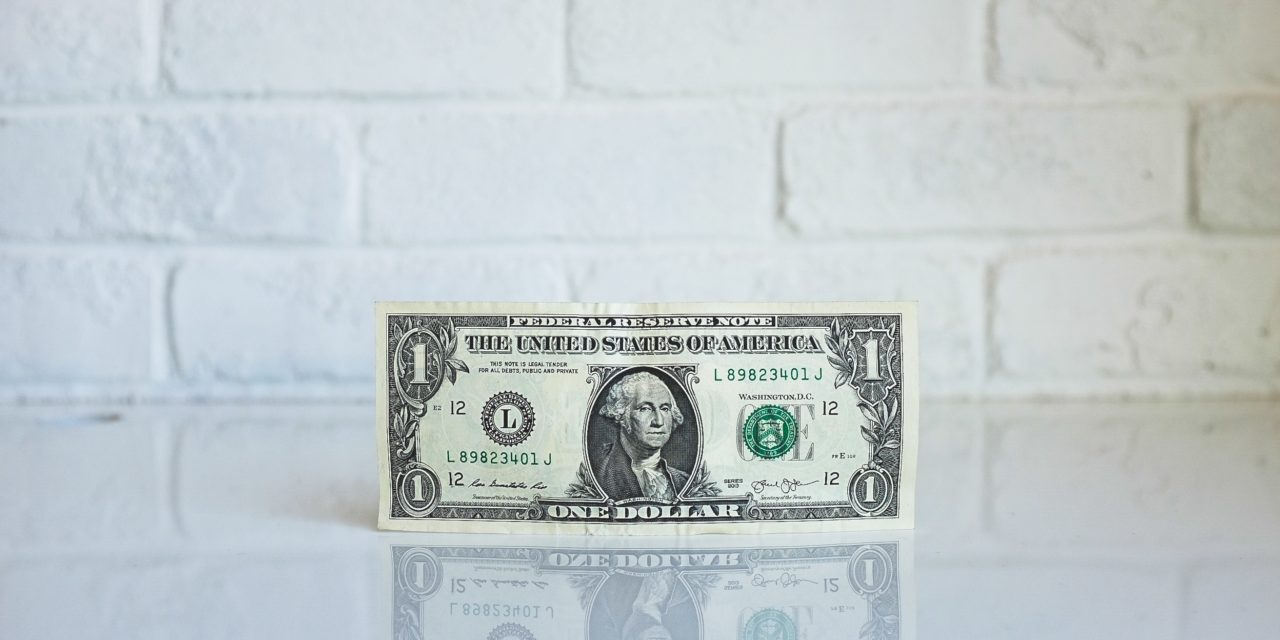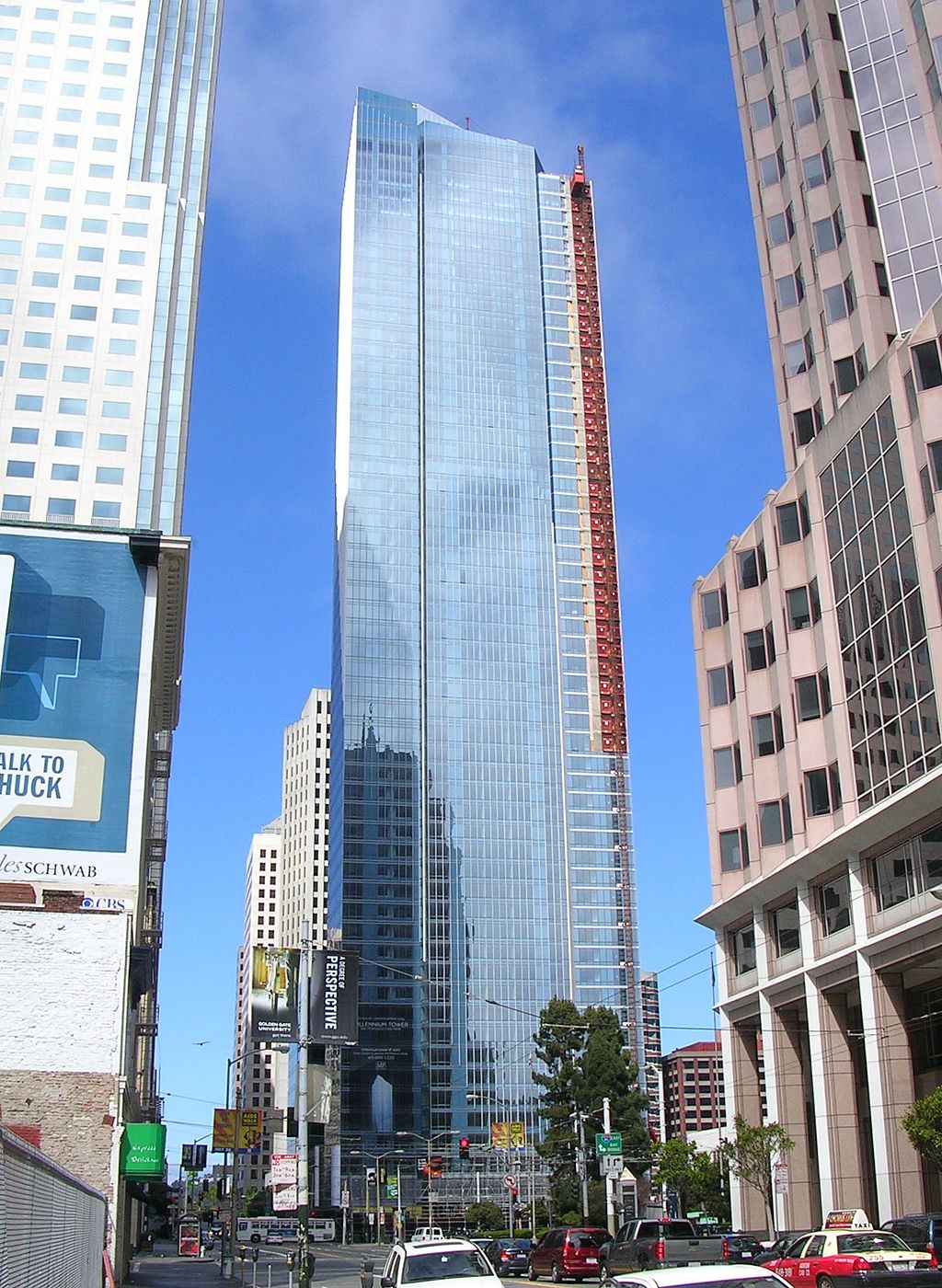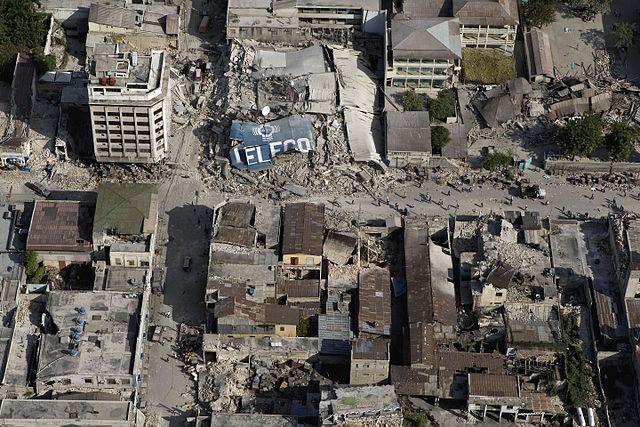In the last year, a movement to raise the minimum wage has spread across the country. It started in cities like Seattle, where in 2014, the city council voted to incrementally raise the minimum wage over time. This minimum wage ordinance positioned Seattle as the host of a social and economic experiment. Would workers see a difference in their quality of life? How would employees respond? Would customers be supportive, even if it meant higher prices?
![By Tomwsulcer (Own work) [CC0], via Wikimedia Commons Jar_for_tips_at_a_restaurant_in_New_Jersey](https://www.greenfieldadvisors.com/wp-content/uploads/2016/04/Jar_for_tips_at_a_restaurant_in_New_Jersey-209x300.jpg)
Seattle is faring well one year after the first incremental minimum wage increase. A preliminary study by researchers from the University of Washington and the Washington State Department of Employment Security found that prices did not jump significantly across the board, and that the unemployment rate was not adversely affected. In Early Evidence on the Impact of Seattle’s Minimum Wage Ordinance, the researchers stated that the minimum wage increase, which was initially to $10 or $11 per hour depending on the size of the employer, caused no statistically significant impact to the economy. The researchers found that while prices did increase in Seattle on average 1% to 2%, this was not too different from the price increases in the areas outside the city during the same period.
For lower-earning workers, the pay increase will have a substantial economic impact. But for employees who were already making $13 to $15 an hour, there is a possibility that they will feel marginalized. Workers who were already at that level might not see much of an increase, and if they were managers of lower-level employees, they could suddenly find themselves managing other employees who are at the same pay rate. This type of situation can be demoralizing to some employees.
Restaurants have been significantly affected because of the number of employees who are paid at minimum wage. When the minimum wage increase was announced, economists looked to the hospitality industry (restaurants in particular) to see how it would fare.
Tipping has long been a staple of dining, but as an alternative, some restaurants have added a service charge to checks. Mollusk used this extra charge to raise wages; it was divided evenly among the employees to help raise the base pay of workers. Mollusk recently ended its experiment due to low business in recent months that ended up further depressing wages. The restaurant’s owner, Travis Kukull, said he hopes to reinstate the charge once business picks up after construction in the South Lake Union area is completed.
A year after the minimum wage increase, employers are still figuring out how best to address the changes to their bottom line. The authors of the University of Washington minimum wage study say that it will be some time before the true effects of the minimum wage increase are fully realized. In the next part of our series on the minimum wage increase, we’ll look at other cities that have passed similar ordinances and their effects on other industries.






Recent Comments